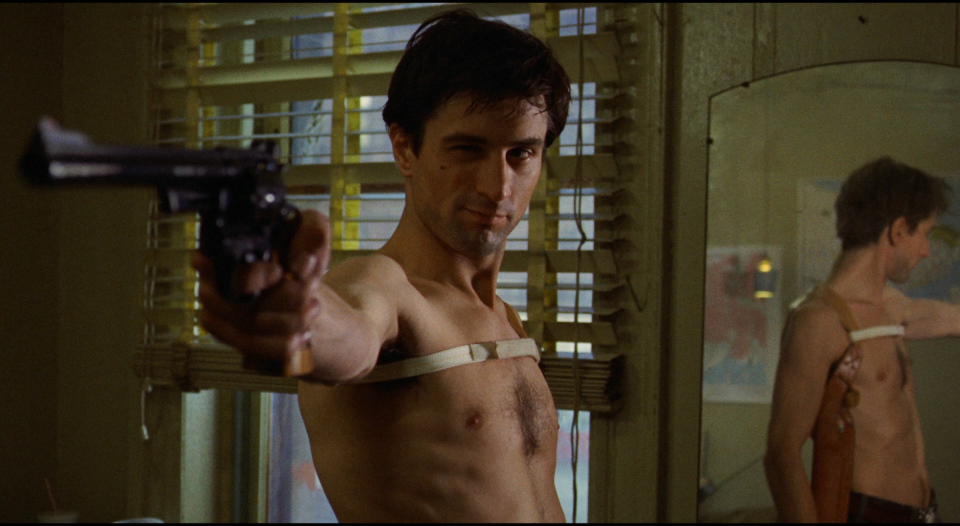We have many names for what we do – cinema, movies, motion pictures. And…film. We’re called directors, but more often we’re called filmmakers. Filmmakers. I’m not suggesting that we ignore the obvious: HD isn’t coming, it’s here. The advantages are numerous: the cameras are lighter, it’s much easier to shoot at night, we have many more means at our disposal for altering and perfecting our images. And, the cameras are more affordable: films really can be made now for very little money. Even those of us still shooting on film finish in HD, and our movies are projected in HD. So, we could easily agree that the future is here, that film is cumbersome and imperfect and difficult to transport and prone to wear and decay, and that it’s time to forget the past and say goodbye – really, that could be easily done. Too easily.
It seems like we’re always being reminded that film is, after all, a business. But film is also an art form, and young people who are driven to make films should have access to the tools and materials that were the building blocks of that art form. Would anyone dream of telling young artists to throw away their paints and canvases because iPads are so much easier to carry? Of course not. In the history of motion pictures, only a minuscule percentage of the works comprising our art form was not shot on film. Everything we do in HD is an effort to recreate the look of film. Film, even now, offers a richer visual palette than HD. And, we have to remember that film is still the best and only time-proven way to preserve movies. We have no assurance that digital informaton will last, but we know that film will, if properly stored and cared for.
Our industry – our filmmakers – rallied behind Kodak because we knew that we couldn’t afford to lose them, the way we’ve lost so many other film stocks. This news is a positive step towards preserving film, the art form we love.
Martin Scorsese, 2014


No comments:
Post a Comment